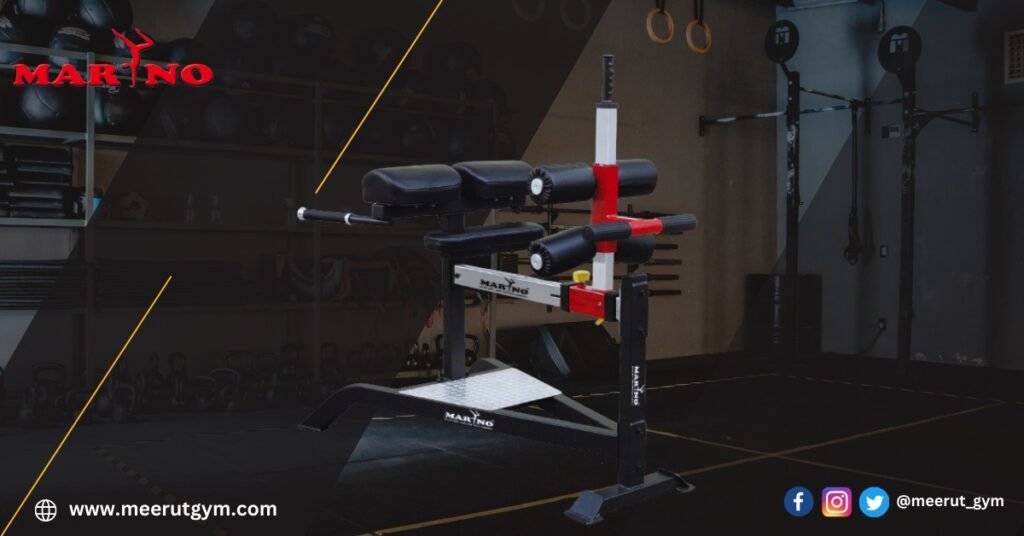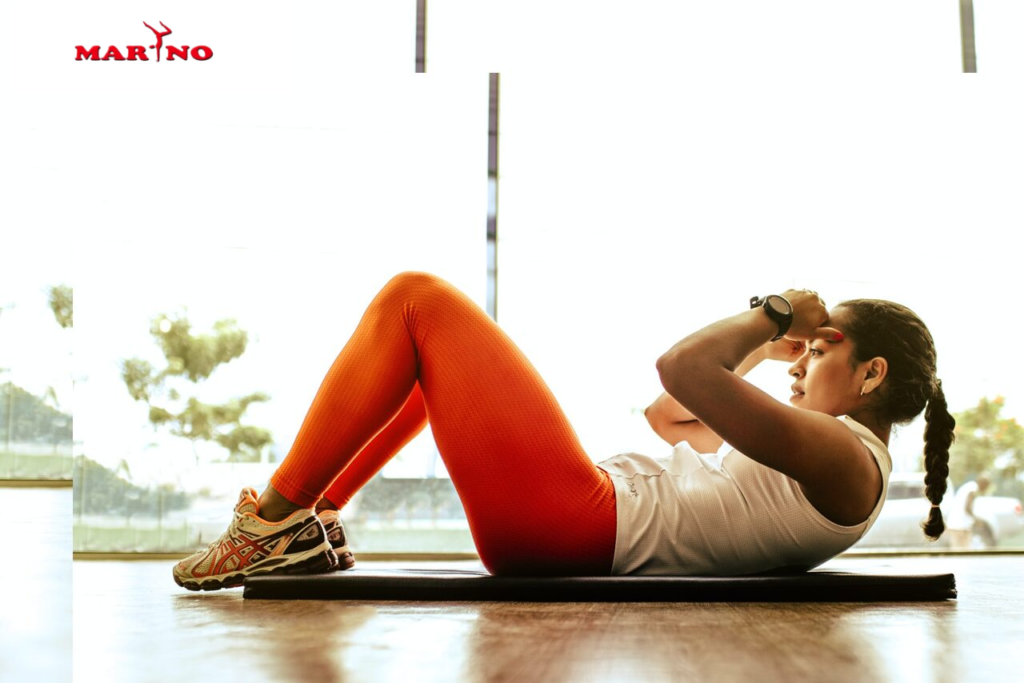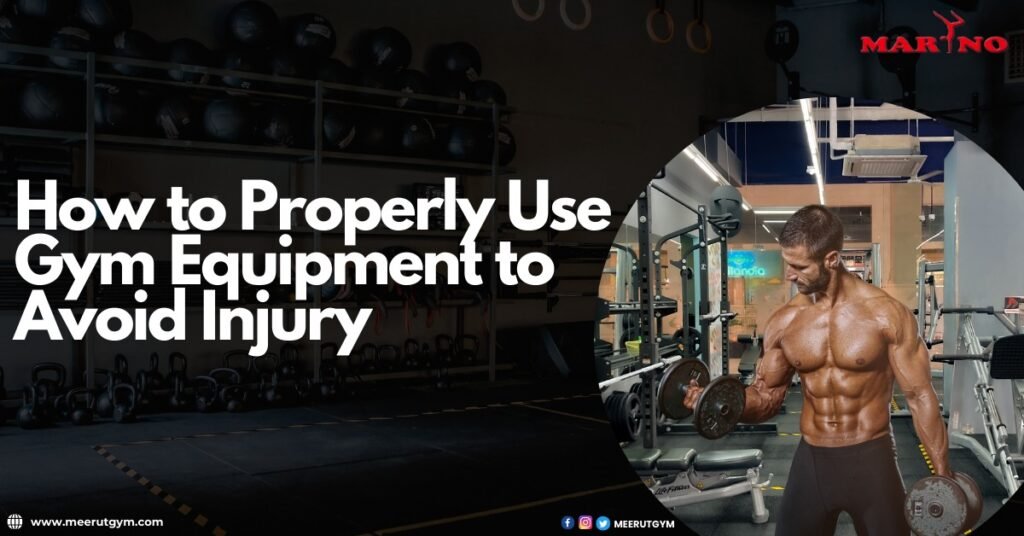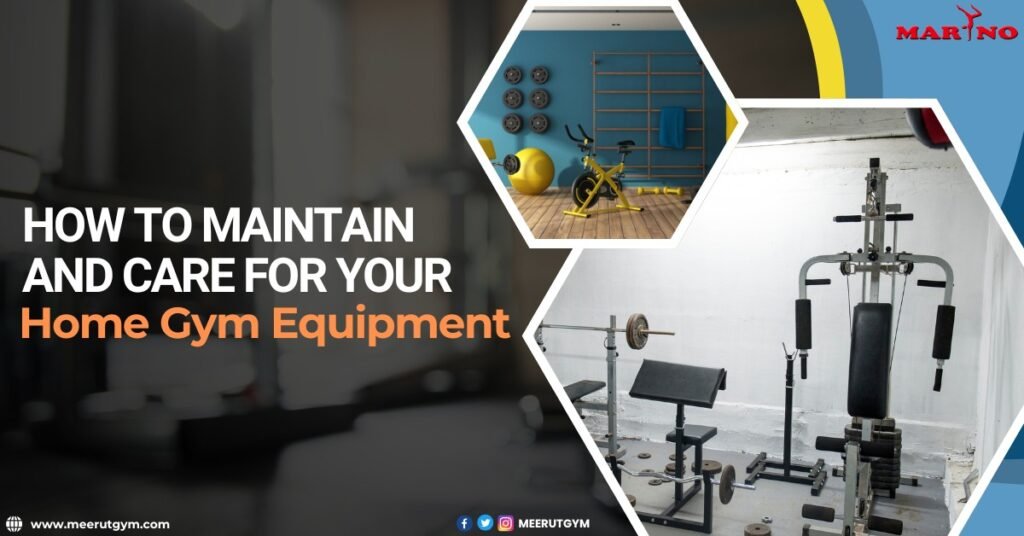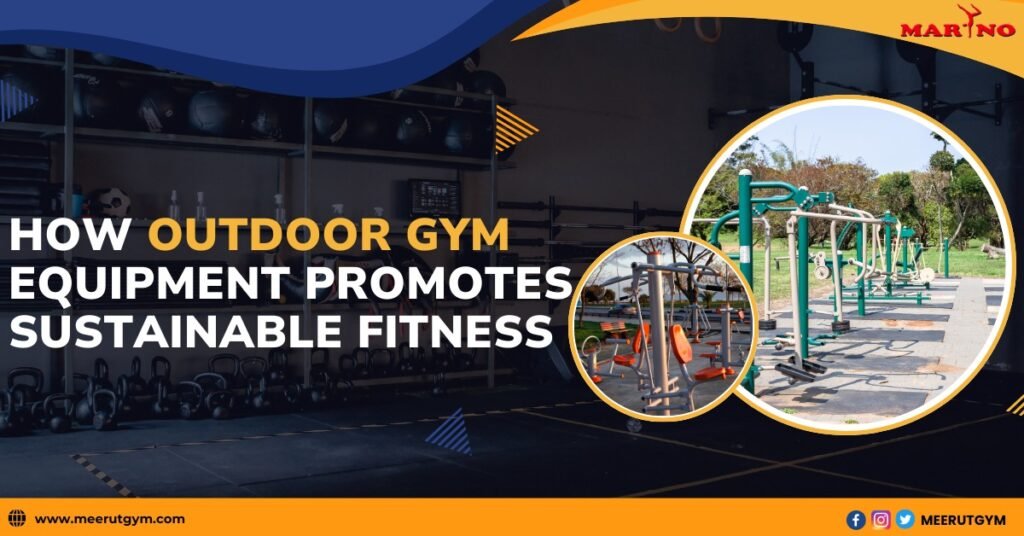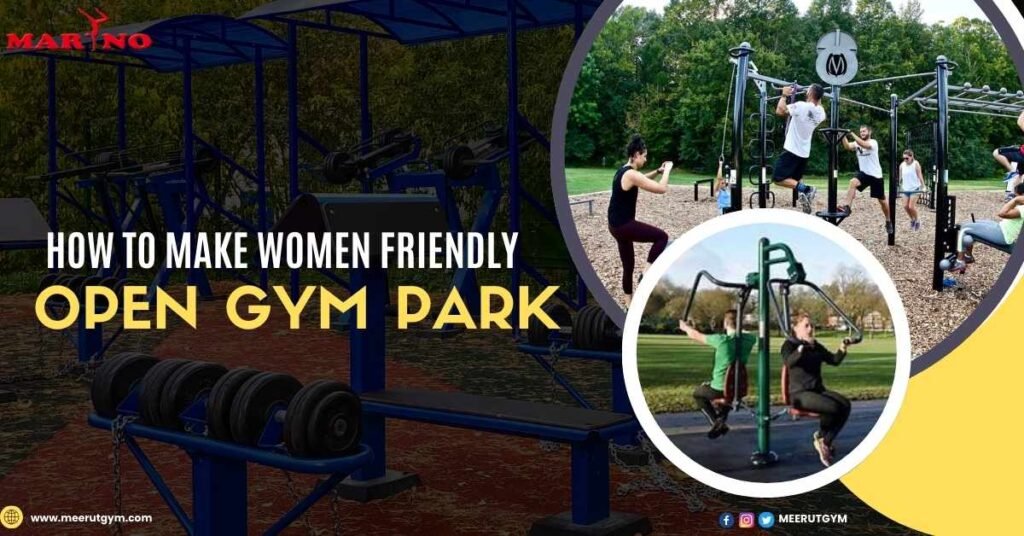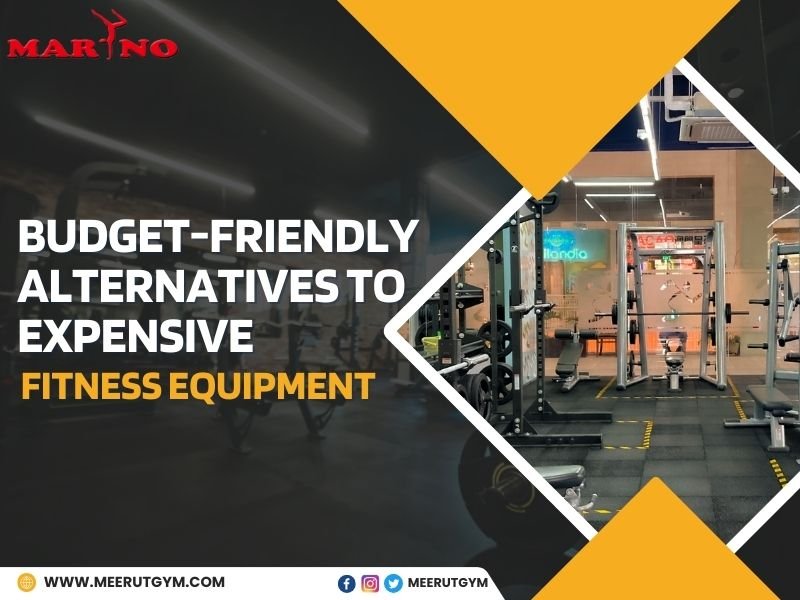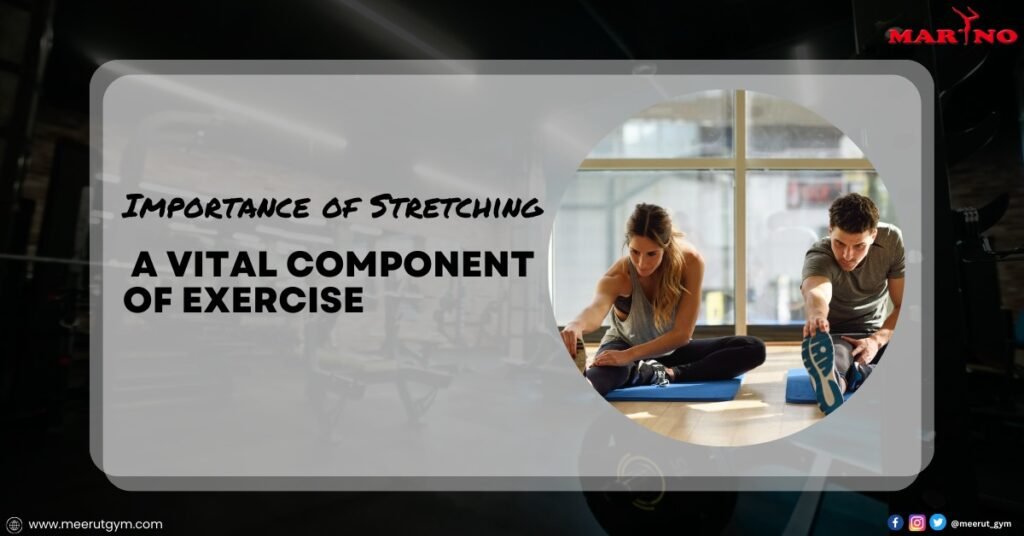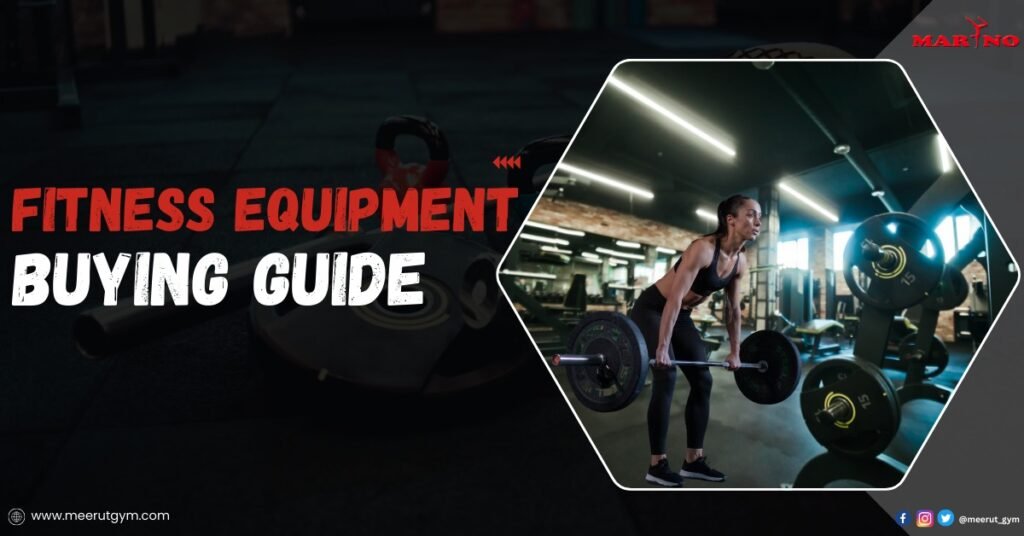Investing in fitness equipment is a commitment to your health and well-being. But that shiny new piece won’t stay like that forever without proper care. Proper care and maintenance go a long way in extending the life of your equipment, ensuring smooth workouts, and preventing frustrating breakdowns. In this blog, we will have a look at some of the tips that’ll help you with the longevity of your gym supplies.
How to Care for Your Fitness Gym Equipment?
Regular Cleaning is Important
Sweat happens. But letting it linger on your equipment is a recipe for rust, corrosion, and a breeding ground for bacteria. Here’s your cleaning routine:
- Wipe down religiously: After every workout, grab a microfiber cloth dampened with a mild disinfectant solution to clean the equipment. Target sweaty surfaces like handlebars, seats, and weight benches. For more cleaning info, refer to the manual.
- Don’t forget the hard-reach areas: Use cotton swabs or a soft brush to get into those hard-to-reach areas like crevices around buttons and console screens.
- Clean upholstery gently: For treadmills and exercise bikes, use a special upholstery cleaner or a mild soap solution to remove sweat and dirt buildup. Do not use harsh chemicals as they may damage the fabric.
- Deep clean every week: Once a week, give your equipment a more thorough cleaning, especially if it’s used frequently. Vacuum dust from vents on cardio machines and wipe down rails and tracks on weight machines.
Regular Lubrication is the Key
Friction is the enemy of smooth operation. To prevent squeaking, jerking motions, and premature wear and tear, keep your equipment lubricated according to the manufacturer’s instructions. Here’s a breakdown:
- Treadmills and exercise bikes: These machines typically require a silicone-based lubricant applied to the belt and moving parts every few months. Seek professional help if needed.
- Weight machines: Look for lubrication points on weight tracks, rails, and swivel joints. Use a light application of a lubricant specifically designed for weightlifting gym equipment.
- Avoid over-lubrication: Over-lubrication can attract dust and dirt, so stick to the manufacturer’s recommendations.
Early Assessment of any Issues is Necessary
Regular inspections can prevent minor issues from snowballing into expensive repairs. Have a look at these factors:
- Loose bolts and screws: Tighten any loose bolts or screws you find with the appropriate tools. A wobbly machine can be dangerous and lead to further damage.
- Worn belts and tracks: Regularly check for cracks, tears, or excessive wear on belts and tracks on treadmills and exercise bikes. Replace them when necessary.
- Cables and straps: Inspect cables and resistance bands for fraying or damage. Don’t risk a snap, replace them if you see any signs of wear.
- Electronic glitches: Keep an eye out for any malfunctioning buttons, displays, or flickering lights. Address these issues promptly to avoid further electrical problems.
Place Every Equipment Smartly
Where you place your equipment can significantly impact its lifespan. Here are some placement pointers:
- Avoid direct sunlight: Excessive heat can damage electronic components and upholstery. Although, open air gym equipment is designed to handle harsh weather conditions.
- Maintain proper ventilation: Don’t place your equipment in a stuffy corner. Ensure proper air flow to minimize the risk of overheating.
- Keep it level: Place your equipment on a flat, level surface for optimal performance and stability.



